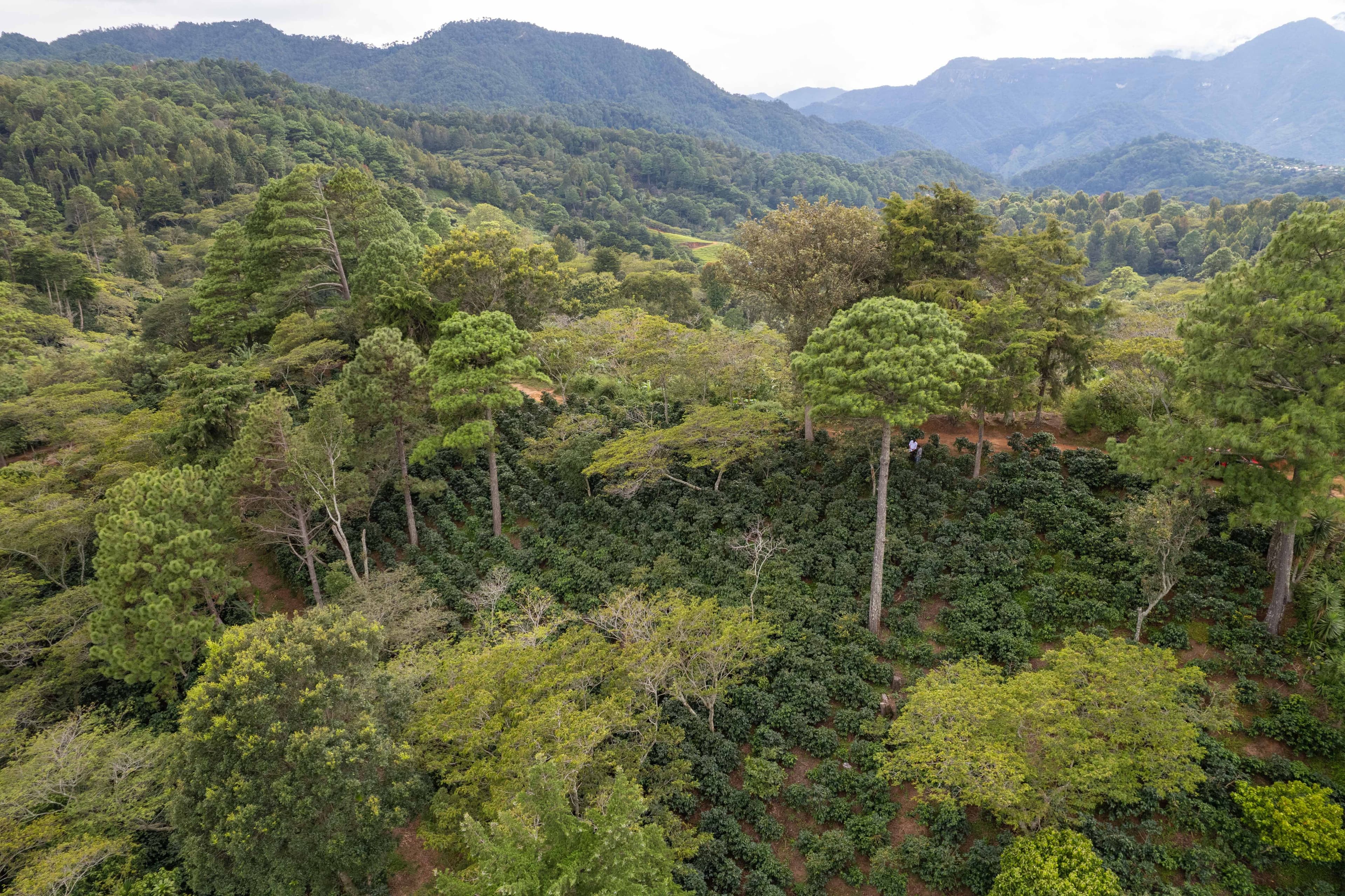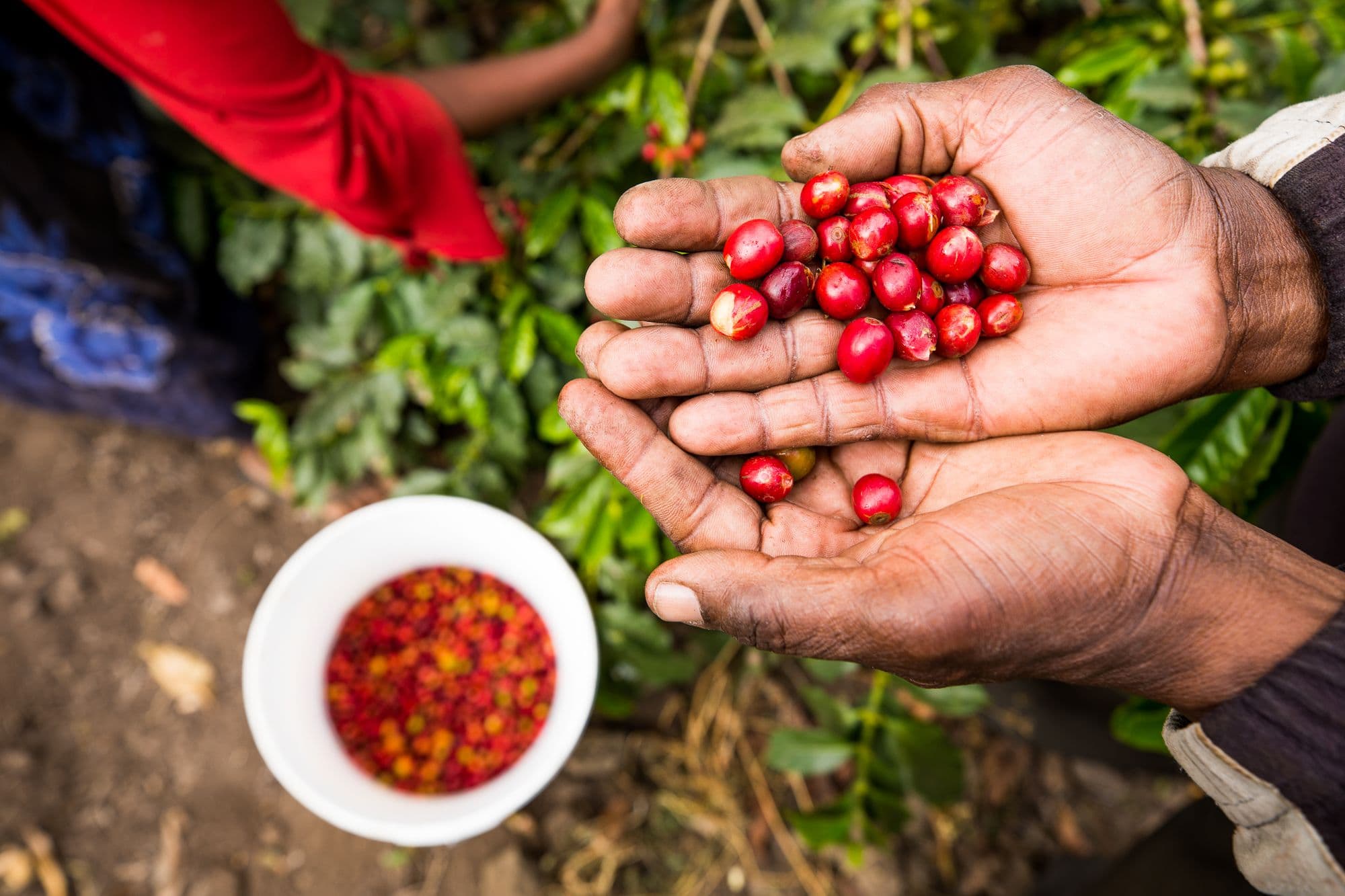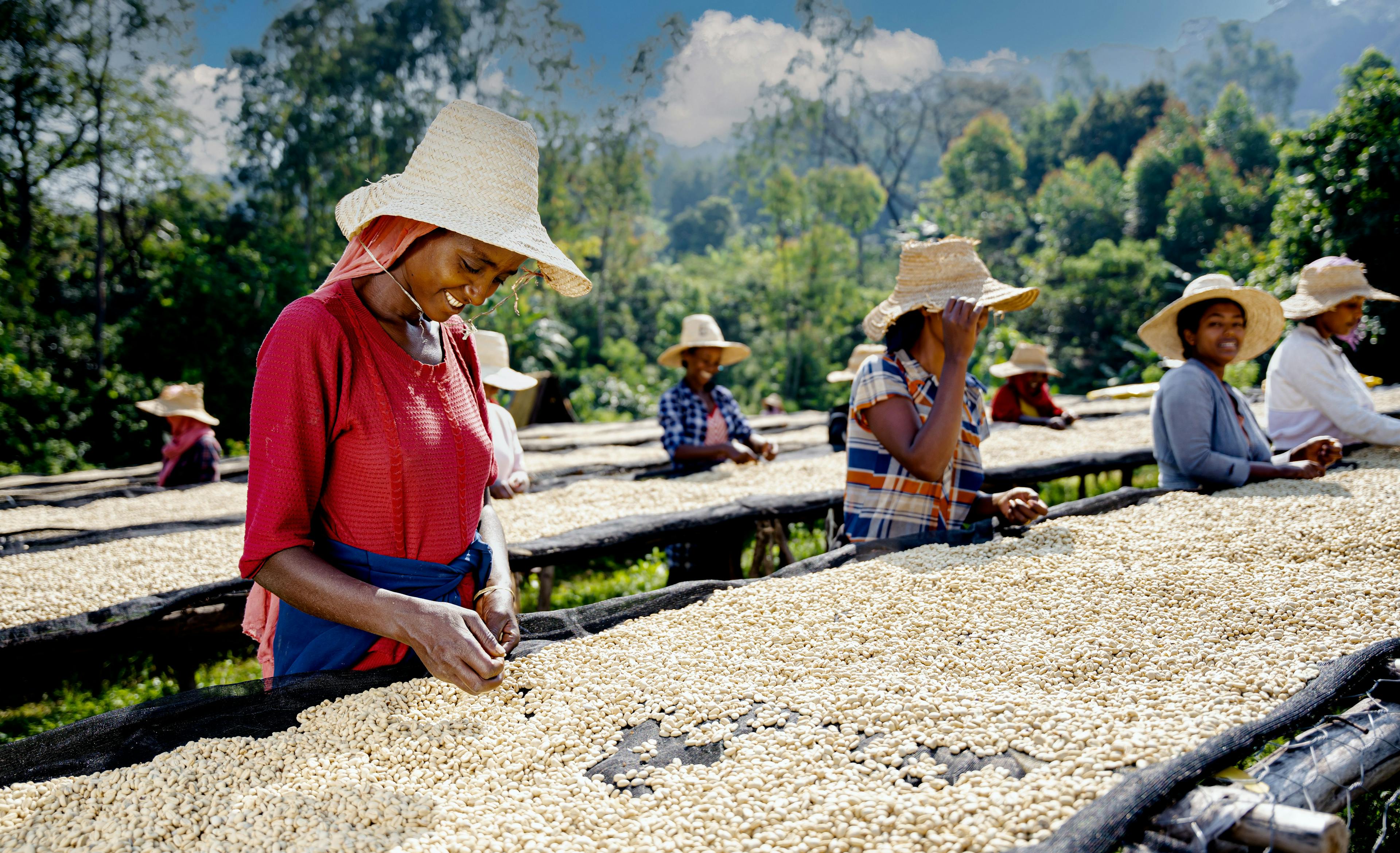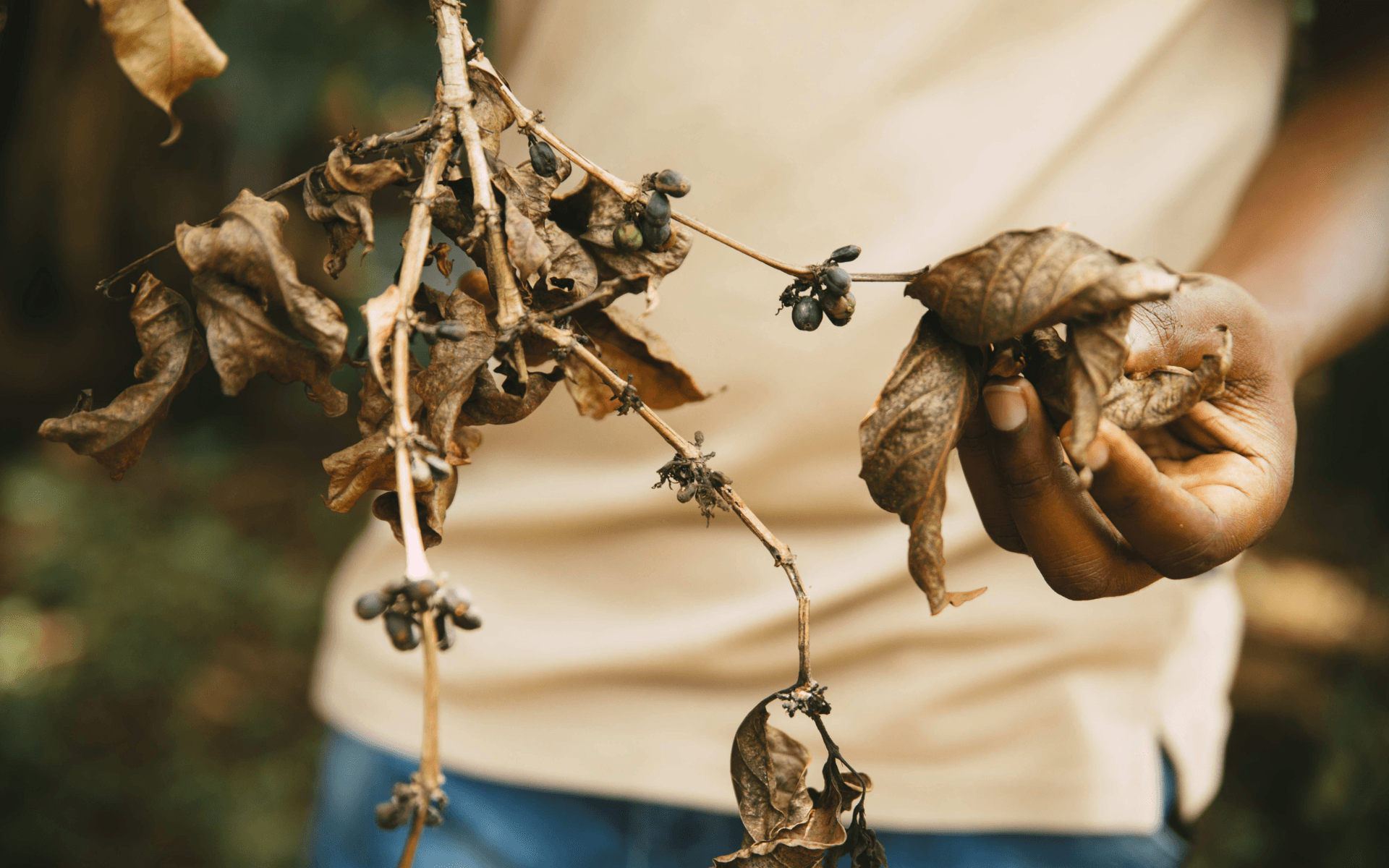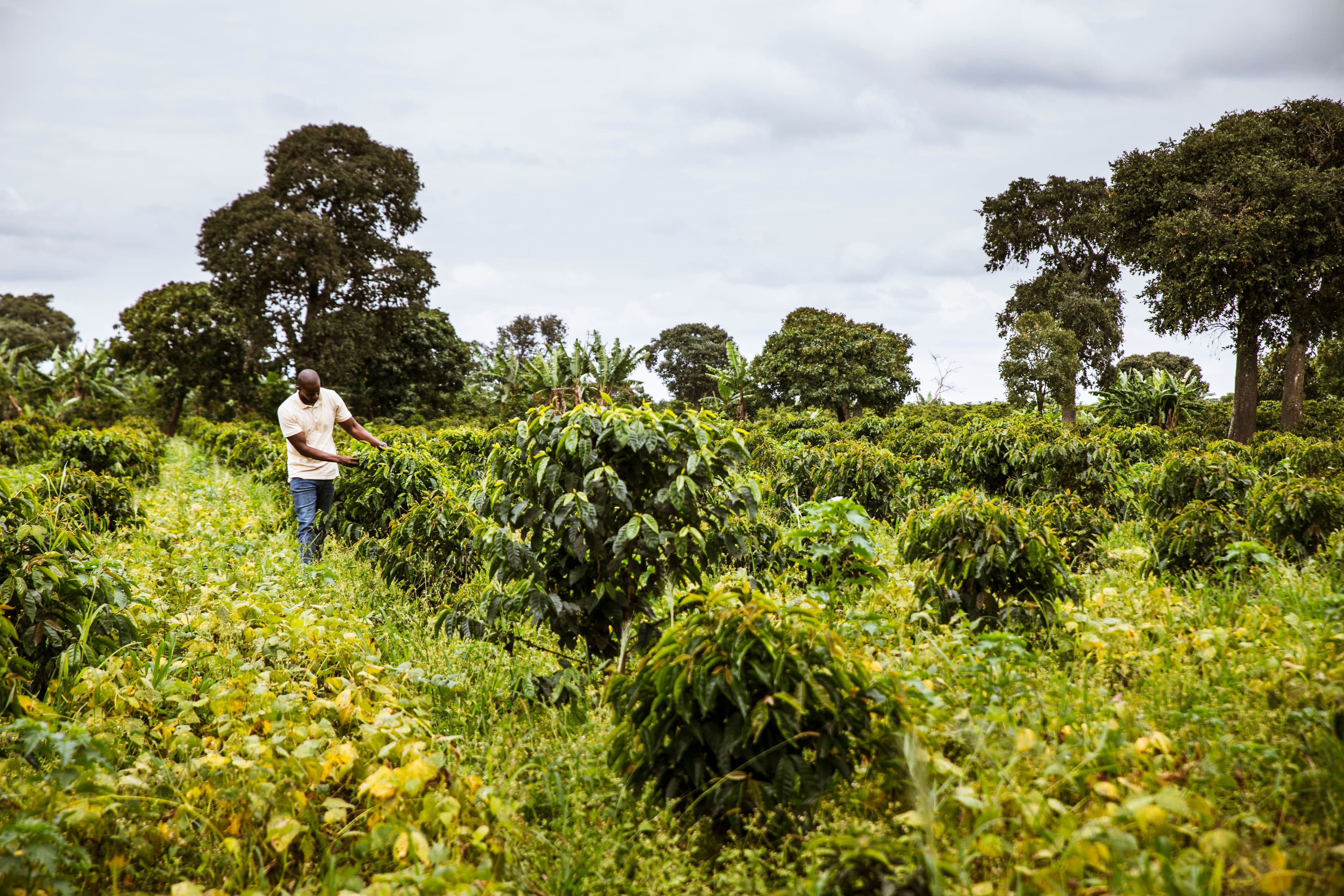
Tackling Climate Change with Agroforestry in Tanzania
In recent years, the importance of agricultural practices that help farmers tackle climate change has gained widespread recognition. These practices not only enhance productivity but also protect the environment and foster economic resilience. One such approach is agroforestry—the integration of trees with crops and livestock within the same land area.
Godfrey Wilgod, Climate Change and Agronomy Coordinator for ICP projects in Tanzania, describes agroforestry as cultivating perennial trees and crops in close combination, particularly with coffee. This integrated approach addresses key agricultural challenges such as soil degradation, biodiversity loss, and economic instability while contributing to climate change mitigation and adaptation.
Agroforestry in Coffee Farming
Dynamic agroforestry systems integrate rows of trees alongside coffee crops. This setup provides multiple advantages: trees act as windbreaks, reducing soil erosion and protecting coffee plants from strong winds. They also provide shade, which conserves soil moisture and creates a favorable microclimate for coffee growth.

"Shade trees are vital for regulating the microclimate by offering shade, enhancing soil fertility through litter fall and nutrient cycling, and improving water conservation, thereby contributing to a more balanced and resilient farming system."
Benefits of Agroforestry
Increased Productivity
Agroforestry enhances farm productivity by allowing multiple crops to grow within the same land. For example, planting fruit trees alongside arable crops or combining livestock with timber trees increases total yield. Additional benefits include improved habitats for pollinators, shelter for livestock and crops, and diversified agricultural products such as fruits and nuts.
Diversified Income Sources
Agroforestry also presents financial benefits. Captured carbon can be converted into Carbon Reduction Units (CRUs) for trading with climate partners, reducing financial risks associated with relying solely on coffee production.
Climate Change Mitigation
Integrating trees into farming systems significantly increases carbon sequestration compared to monoculture practices. Trees also protect soils from erosion by stabilizing them with deep roots and enhancing soil organic matter through decomposing leaf litter.

"It is crucial to address problematic areas by planting trees, as they promote infiltration during heavy rainfall and prevent water from gathering speed and causing damage."
Enhanced Biodiversity and Landscape Management
Agroforestry systems support biodiversity by increasing habitat variety, providing food sources for wildlife, and improving ecological connectivity. Trees in farm landscapes also enhance aesthetic value and align with public perceptions of high-quality land management.
Improved Animal Welfare
Farm animal welfare is another advantage. Shelter from wind, rain, and sun improves livestock survival rates, reproductive capacity, and milk production. Farmers benefit from reduced investment in animal housing as sheltered environments enable livestock to stay outdoors in all weather conditions.

"Initially, we planted trees to encourage our hens to roam, as they preferred sheltered areas. However, the benefits extended beyond that purpose. We observed improved soil water retention, increased biodiversity, and a higher-quality product."
Agroforestry Promotion in Tanzania
International Coffee Partners (ICP) have promoted agroforestry in Tanzania by distributing shade trees to coffee-growing regions. As part of the ICP IV project, over 10,200 shade trees have been provided to coffee farming families in the Mbeya and Songwe regions, reaching more than 850 households. And there is more to come. According to Godfrey Wilgod, by 2026, additional 45,000 shade tree seedlings are expected to be planted by 6,000 smallholder farmers and the surrounding community.
Agroforestry as a Sustainable Solution
Agroforestry presents a holistic approach to tackling climate change while enhancing agricultural productivity and economic resilience. Through initiatives such as the ICP project in Tanzania, coffee farmers are embracing agroforestry to secure better livelihoods. As awareness and adoption grow, agroforestry stands as a powerful tool in the fight against climate change, offering environmental, economic, and social benefits for farming communities in Tanzania and beyond.
